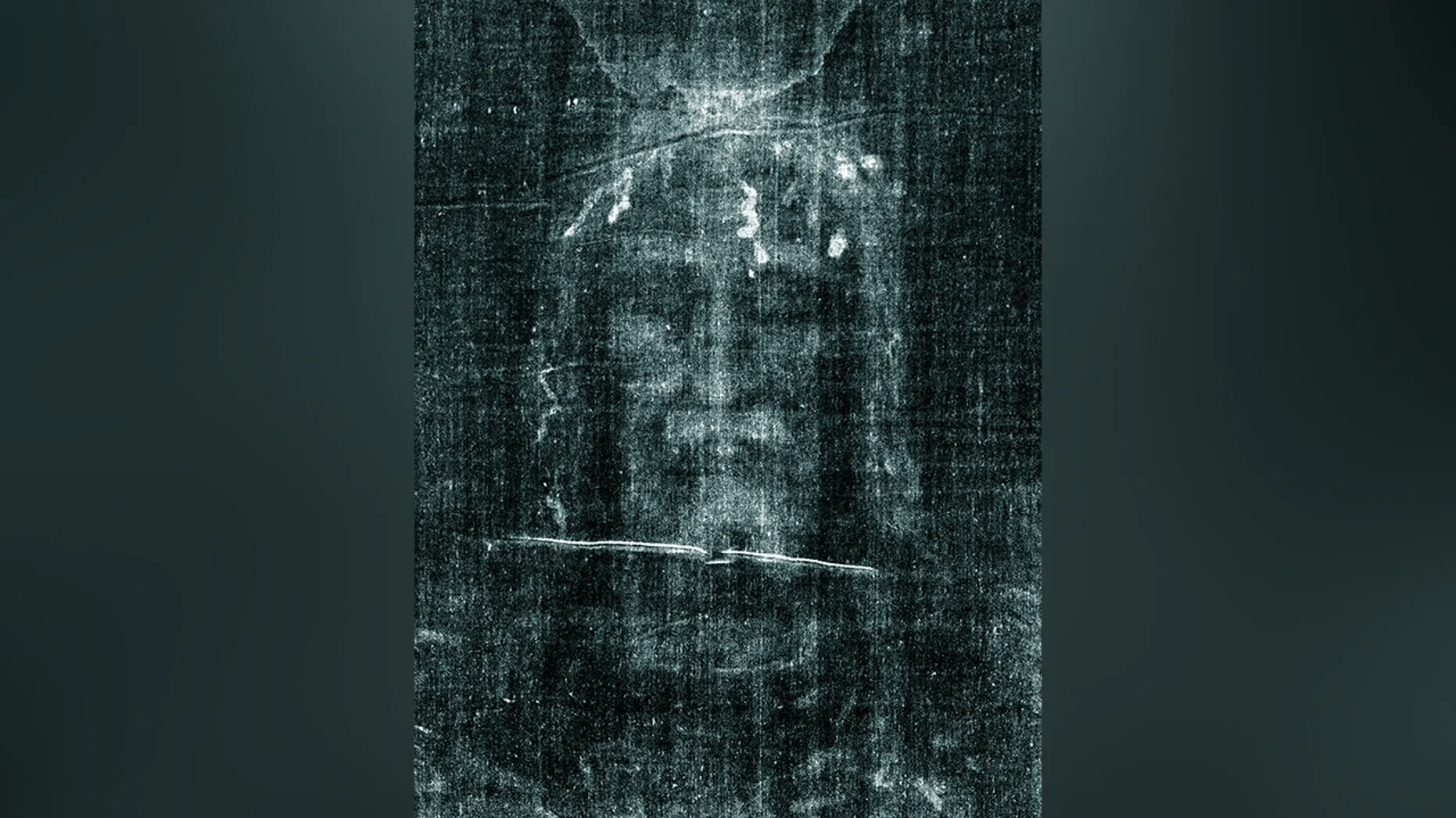Throughout my life, I have always been more a man of science than of religion.
Not that I don’t respect people’s religious beliefs—I always have and always will, as long as they are expressed in a tolerant manner. I have many friends who are Christian, Muslim, Hindu, Sikh, Buddhist, etc. My personal belief leans more toward Paganism.
I was recently asked what I felt about the afterlife, and my initial and always honest answer is that there is none. Once you are dead, that’s it—the ultimate end of your evolutionary existence. I have studied many forms of religion in my life, and yet it all points back to the rational answer for me: you have one life, live it.
Since turning fifty, I have started to rethink a lot of things. Family and friends are sadly passing on quicker than I want them to, and with any major milestone in life, you start to question mortality and what remains.
As I stated, I have always been a man of science, but I would not define myself as a skeptic when it comes to topics such as religion, other potential lifeforms, and indeed mystical unexplained phenomena. To be honest, it’s always been a fascination of mine.
Back in 1988, I remember we had a lesson once a week called “Religious Education.” It was basically one hour a week in an English comprehensive school learning about different ethnicities and religions, specifically those in the local area. Living in Bristol as a fifteen-year-old, we were certainly classed as a multicultural city.
Part of the lesson that spring was looking at the “Shroud of Turin.” At the time, there was a TV program that was carbon-dating the cloth to answer specific questions about its origin. Back then, the cloth first appeared around 1350 when it came to light. The origin is that it is purported to be the burial cloth of Jesus Christ, bearing a faint image of the front and back of a man.
The Shroud has been venerated for centuries, especially by members of the Catholic Church, as the actual burial shroud used to wrap the body of Jesus of Nazareth after his crucifixion, upon which Jesus’s bodily image is miraculously imprinted.
In 1988, permission was given to start radiocarbon dating on the cloth. Several independent tests revealed that the cloth originated 95% likely from the 13th-14th century, which obviously debunks the theory that it was from around the first century. Many accepted this, and nothing more was really said. Of course, there were those of Christian faith who still worshipped the cloth. In fact, over the past decade, even with the COVID pandemic, the Shroud is more visited than ever.
But here are my thoughts: we live in a world of technology. If you compare 2024 to 1988, it’s almost like comparing 2000 to the 1800s. AI, the internet, and mobile technology have revolutionized the world. With that comes scientific advancements in terms of dating and, of course, DNA.
Latest tests have shown that with Wide Angle X-Ray Scattering, the cloth is perceived to be approximately 2,000 years old, putting the date around 55 AD. While some studies have concluded that the artifact might be genuine, the scientific consensus leans toward the Shroud being a medieval artifact and a forgery.
The Shroud was denounced as a forgery by the Bishop of Troyes, Pierre d’Arcis, in 1389, who allegedly identified the artist responsible. But could 21st-century technology still be able to detect a possible fraud from 800 years earlier?
As we live in a world of technology, the chances of pinpointing the origins of artifacts from centuries ago will only become more evident. As for the mystery of the Shroud of Turin?
As I turn fifty, I certainly keep my scientific mind open to any possibility. Will this make me a believer in Christ? Who knows? Will it make me question older scientific theories? Yes.
All I know is that an open mind is better than a closed one.




